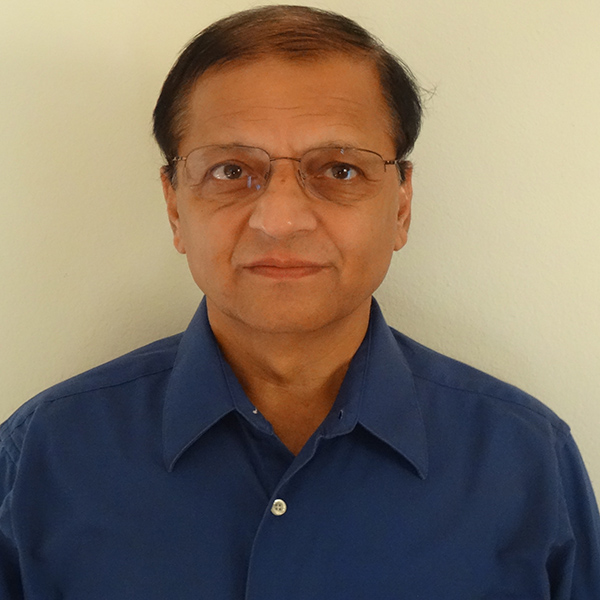
Section Collection Information
Dear colleagues,
Remote sensing is a crucial tool for improving sustainable farming. It involves combining data from the sky, like satellite imagery and drones, with on-the-ground information about society, economics, politics, and biology. This helps us understand the principles of bionomics, contributing valuable insights for efficient land management in agriculture. Aerial mapping is a key application, using technologies to monitor and optimize farming activities. Integrating these tools supports precision farming, reducing environmental impact and maximizing resource efficiency. Initially, remote sensing analysis was limited to specific software, but recent advancements enable the use of GIS software for more precise applications.
Drones equipped with advanced sensors are a notable aspect of remote sensing in sustainable agriculture. They capture high-resolution images, providing detailed information on crop health, soil conditions, and overall field status. Beyond visual imagery, drones with multispectral and hyperspectral sensors enable data collection beyond the visible spectrum, allowing a more comprehensive crop analysis. Attempting to capture nitrogen information during thunderstorms for agricultural use faced challenges due to uncertainties in polluted areas, limiting the reliability of the technology.
Another practical application of drones in sustainable agriculture is targeted spraying of fertilizers and insecticides. Drones with precision spraying systems reduce chemical use, minimizing environmental pollution and optimizing resource utilization. These drones autonomously navigate fields based on remote sensing data, applying treatments only where needed. This targeted approach ensures healthier crops and aligns with sustainable farming practices.
High-resolution satellite images are crucial in remote sensing for agriculture, providing detailed views of vast landscapes. These images help farmers monitor crop growth, identify issues, and make informed decisions. Different band combinations in remote sensing aid in detecting crops at various stages of development. Utilizing information from different wavelengths allows the identification of healthy and stressed crops, disease outbreaks, and overall crop vigor. Spectral analysis enables timely interventions for optimal crop health and yield.
One significant advantage of remote sensing in sustainable agriculture is the ability to monitor crops at different ages and growth stages. This capability is valuable for assessing crop health, identifying stress areas, and implementing precision farming techniques. Early detection of issues like nutrient deficiencies or pest infestations enables prompt corrective actions, reducing the need for excessive inputs and minimizing environmental impact.
In conclusion, remote sensing technologies are transformative in promoting sustainable agriculture. From aerial mapping with drones to high-resolution satellite images and advanced sensors, these tools provide farmers with valuable data for informed decision-making. The application of remote sensing in precision agriculture, including targeted spraying of fertilizers and insecticides, contributes to resource efficiency and environmental sustainability. Harnessing the power of remote sensing allows farmers to optimize practices, enhance crop yields, and promote a more sustainable and resilient agricultural system.
Prof. Keshav Bhattarai
Section Editors

